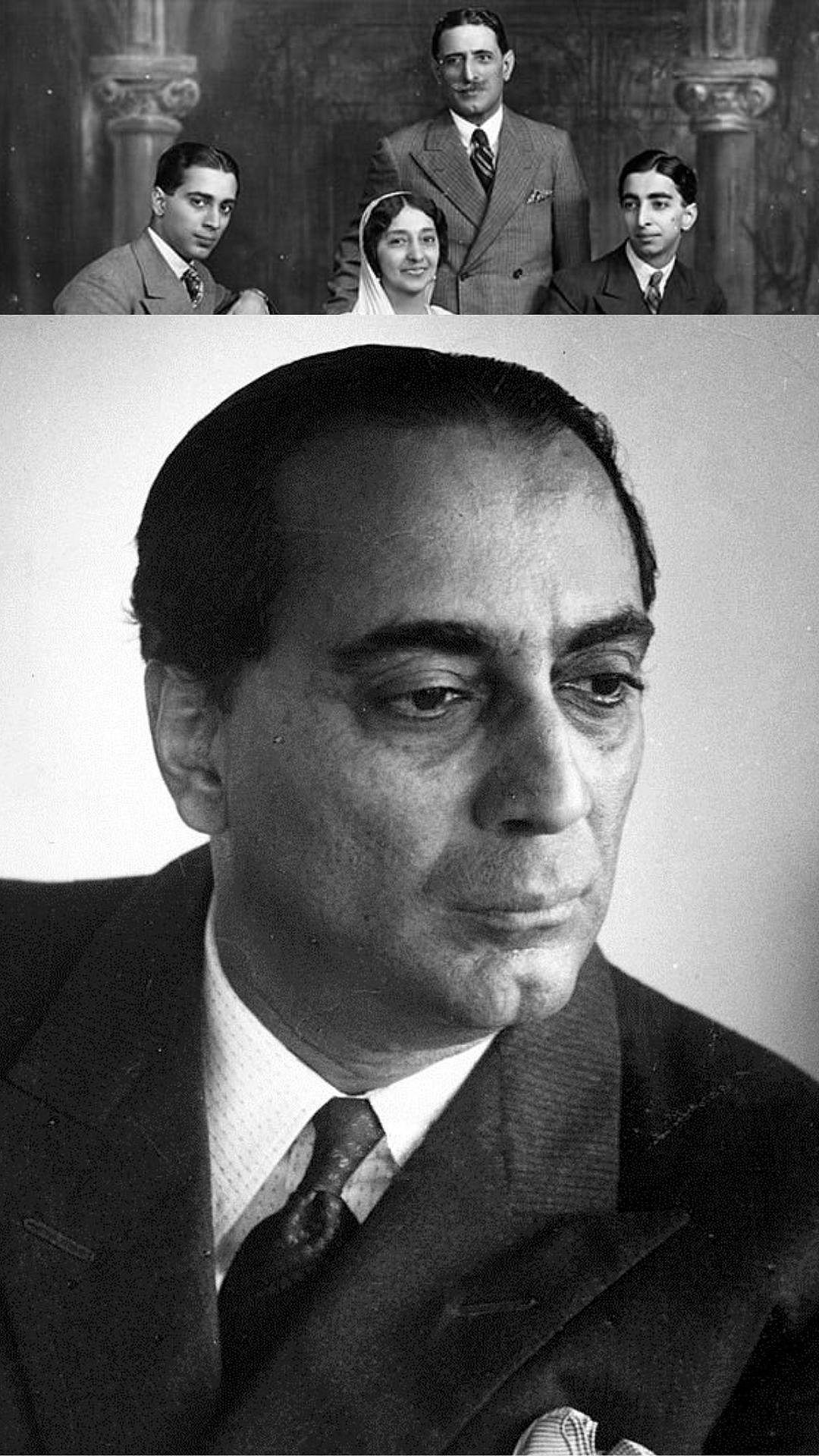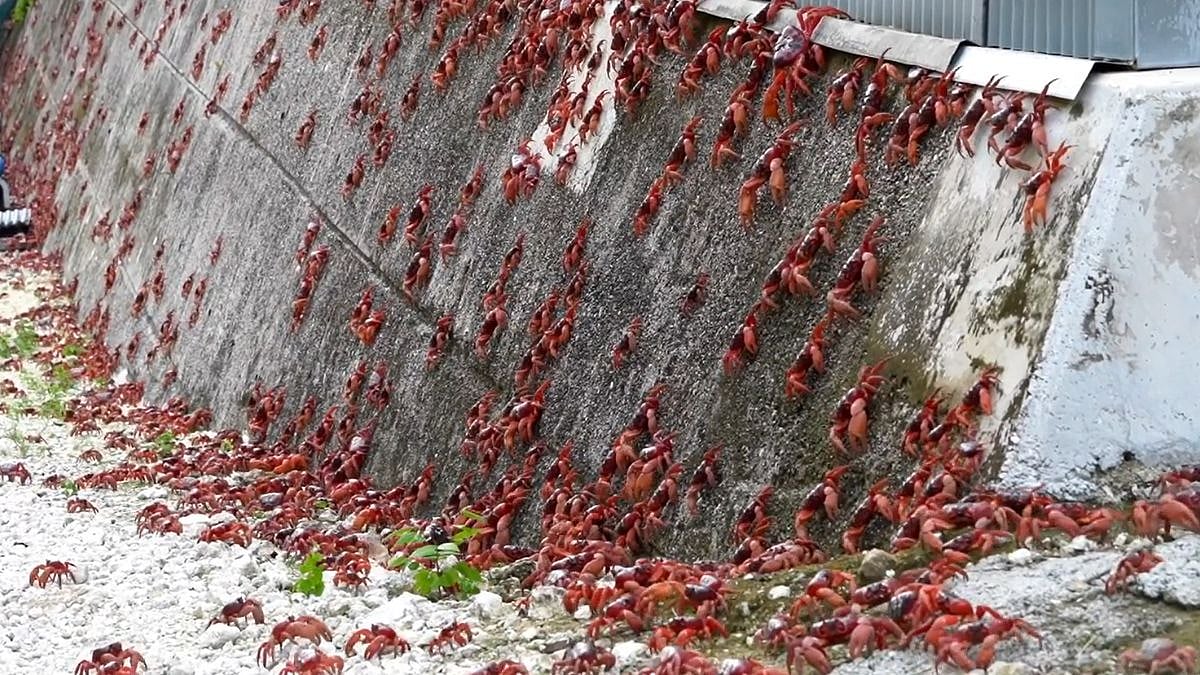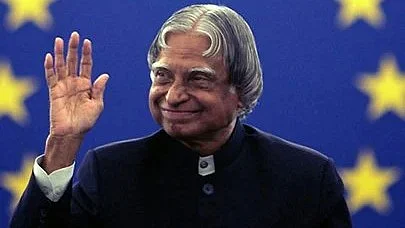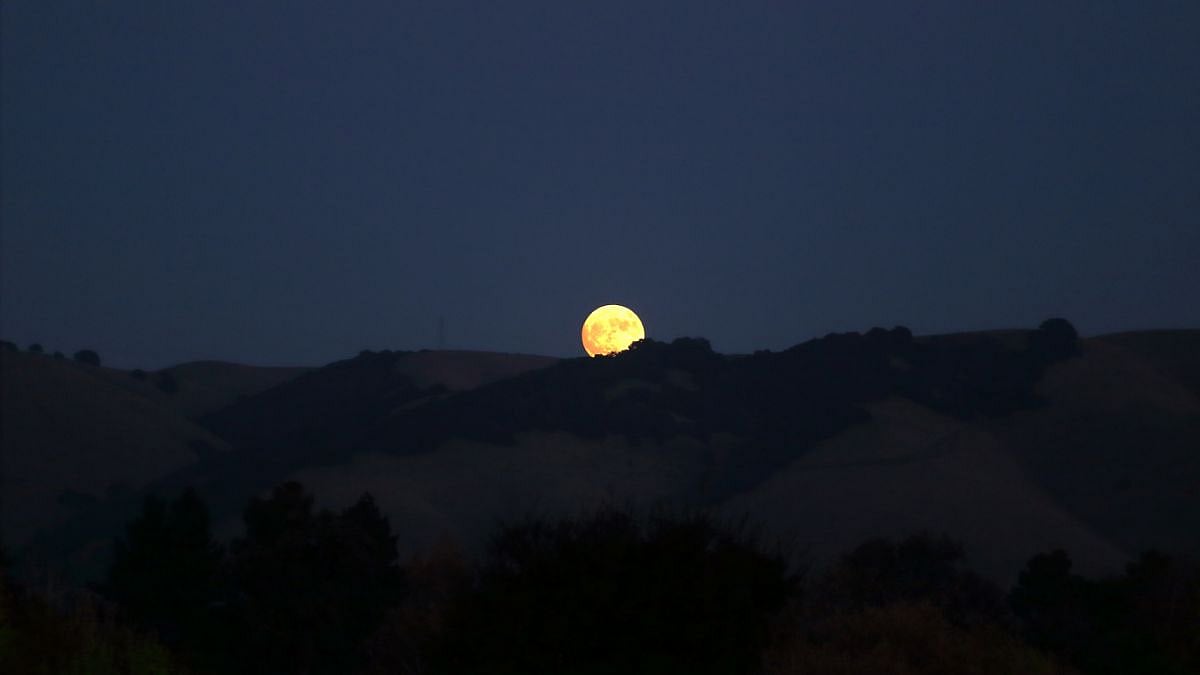Take a look around you, what do you see? Plants, animals, fellow human beings, and now even quite a chunk of our technology is entirely dependent on the sun. Now, let’s go back in time. Planet Earth formed billions of years ago, and so did our solar system. All life would cease to exist without sunlight. However, the sun’s harmful UV rays and other toxic substances from space would make this planet uninhabitable. The wonderful thing about Mother Nature is that there is a set balance for everything. To protect the Earth from the not so beneficial part of the sun’s rays, we have a silent superhero doing its job effortlessly — the ozone layer.
The essence of ozone
Located in our planet’s stratosphere, at a height of around 15 km to 35 km above the surface of the Earth, the ozone layer absorbs a majority of the sun’s harmful ultraviolet radiation. Thanks to it, humans can walk about freely during the day without being paranoid about being harmed by the sun’s UV rays. Whilst the ozone layer contains a relatively very high concentration of (O3), it is still a relatively low concentration, less than 10 parts per million of ozone. The average ozone concentration in the Earth’s atmosphere as a whole is only about 0.3 parts per million.
Red alert
Unfortunately, as human life evolved, so did our emission of harmful gases. It was not before the latter part of the 1970s that scientists observed a rather disturbing phenomenon. A hole was being created in the ozone layer by ozone-depleting gases like chlorofluorocarbons (CFCs) and hydrochlorofluorocarbons (HCFCs), amongst other pollutants. These gases were present in everyday consumables like aerosols and appliances like AC’s and refrigerators. The writing on the wall was clear; if this damage wasn’t checked and mitigation measures put in place immediately, not just the human race but planet Earth was in danger. Skin cancer cases began rising, and crops and plants also started getting affected.
Collective consciousness
Ozone depletion and its terrifying after-effects united the globe like nothing else ever did. In 1985, the Vienna Convention pledged to protect the ozone layer. In it was a section called the Montreal Protocol where governments, industrialists, scientists and others pledged and immediately started working to eradicate 99 per cent of substances that harmed the ozone. The result? Not only did the ozone layer get a new lease of life, but it also made sure that it would begin to recover to levels not seen since prior to the 1980s, within the next half of this century. In 2019, after much deliberation, the Kigali Amendment was made, and it aims to cut down hydrofluorocarbons (HFCs). These greenhouse gases are a threat to the ozone and our environment.
The UN General Assembly on January 23, 1995, adopted resolution 49/114 and it was announced that September 16 would be marked as World Ozone Day. This was the date when the Montreal Protocol on substances that deplete the ozone layer was signed in 1987. Since then, World Ozone Day has been observed every year to honour and celebrate this landmark resolution. On this special day, let’s take a small pledge to be more aware and, if possible, avoid using products that could potentially lead to damaging the Earth’s protective ozone layer.
Fun facts:
In 1913 French physicists Charles Fabry and Henri Buisson discovered the ozone layer.
Ozone is formed when the sunlight hits oxygen molecules (O2) and breaks them into individual atoms. They then combine with O2, and the result is ozone (O3).
Sherry Rowland and Mario Molina were the scientists who discovered the connection between the depletion of the ozone layer and CFCs.
The Vienna Convention was signed by every country involved and took effect in 1988.
In Greek, the word ozone means smelly.
A single chlorine molecule from a CFC can eliminate 100,000 ozone molecules.













